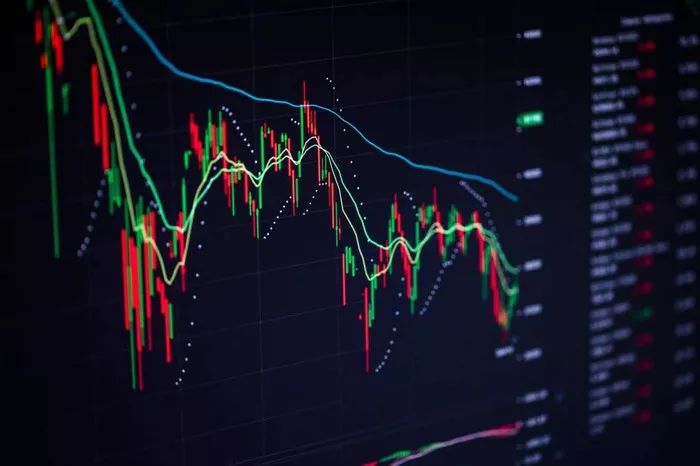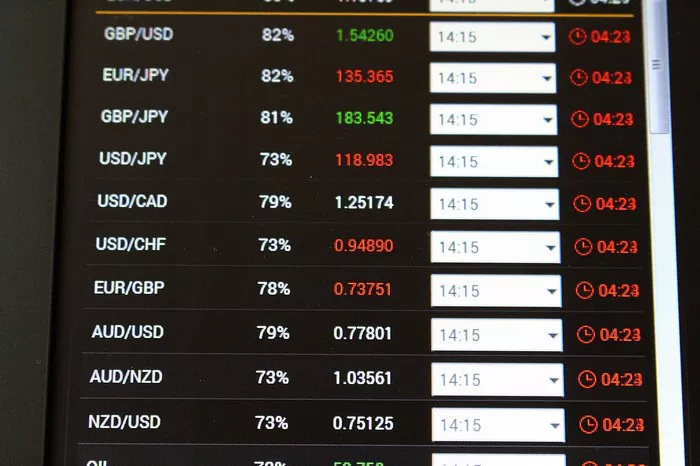Asia’s crude oil imports experienced a modest recovery in August, following a significant drop in July. The region’s top importers—China, India, South Korea, and Japan—boosted their purchases, leading to a total estimated import of 26.74 million barrels per day (bpd) for August. This marks an increase from July’s 24.56 million bpd, according to data from LSEG Oil Research.
Comparison with July Imports
While the 2.18 million bpd rise appears substantial, it’s important to note that July’s imports were the lowest since July 2022. Additionally, August’s total imports rank only as the fifth-highest out of the first eight months of 2024.
China Leads the Recovery
China’s Increased Imports
China, the world’s largest crude oil importer, played a significant role in August’s recovery. LSEG estimates that China’s imports reached 11.02 million bpd in August, up from July’s 9.97 million bpd. July’s figure was the lowest daily import level for China since September 2022. Chinese refineries typically ramp up crude purchases in the third quarter to build stockpiles for peak winter demand.
Impact of Lower Global Oil Prices
The increase in China’s imports in August may also have been influenced by lower global oil prices when these cargoes were purchased. Brent futures prices declined from a high of $92.18 per barrel on April 12 to a low of $76.76 on June 4. This period coincided with the buying window for August deliveries to Asia.
Potential for Future Import Changes
July Price Increase and Its Impact
Following the June low, crude prices rebounded to $87.95 per barrel by July 5 before softening again. It remains uncertain whether the price increase in July will lead to lower imports in September, especially in price-sensitive markets like India and China.
India’s Modest Increase
India’s Import Patterns
India, Asia’s second-largest crude importer, saw only a slight increase in imports for August. LSEG estimates India’s imports at 4.83 million bpd, up from 4.58 million bpd in July. The monsoon season likely dampened demand among Indian refiners, while export-oriented refineries may have been cautious due to weak regional demand for products like gasoline and diesel.
South Korea and Japan’s Stronger Imports
South Korea’s Steady Growth
South Korea, Asia’s third-largest oil importer, is expected to have imported 2.84 million bpd in August, up from 2.65 million bpd in July and 2.49 million bpd in June.
Japan’s Significant Increase
Japan, the fourth-largest importer, is projected to have brought in 2.39 million bpd in August, marking a 26% increase from July’s 1.90 million bpd. This would be Japan’s strongest month for imports since April. Both South Korea and Japan typically increase imports in the third quarter to build product inventories ahead of winter.
Saudi Supply Gains and Other Import Trends
Saudi Arabia’s Supply Recovery
On the supply side, Saudi Arabia saw a recovery in August. LSEG estimates that Asia’s imports from the world’s largest oil exporter reached 4.89 million bpd, up from 4.60 million bpd in July and 4.63 million bpd in June. The demand for Saudi oil may have been boosted by Saudi Aramco’s decision to lower its official selling prices (OSPs) for August-loading cargoes.
Russian Imports Decline
In contrast, Asia’s imports from Russia declined to 3.60 million bpd in August, down from 3.71 million bpd in July and 4.19 million bpd in June. This decrease was largely due to India reducing its intake of Russian oil, with India’s imports estimated at 1.73 million bpd in August, down from 1.94 million bpd in July.
U.S. Imports on the Rise
Meanwhile, arrivals from the United States increased to 360,000 bpd in
August from 190,000 bpd in July. This reflects the discount of U.S. crudes, such as West Texas Intermediate, compared to those priced against Brent or Middle Eastern benchmarks like Oman and Dubai. Overall, Asia’s total imports from the United States are expected to rise to 1.86 million bpd in August, making the U.S. the fifth-largest crude supplier to the region, following Saudi Arabia, Russia, the United Arab Emirates, and Iraq.
Conclusion
Asia’s crude oil imports have shown a modest recovery in August, primarily driven by increased purchases from China and a slight uptick in imports from other major players like India, South Korea, and Japan. The impact of global oil prices and seasonal factors will continue to influence import patterns in the coming months.
[inline_related_posts title=”You Might Be Interested In” title_align=”left” style=”list” number=”3″ align=”none” ids=”3248,3361,3358″ by=”categories” orderby=”rand” order=”DESC” hide_thumb=”no” thumb_right=”no” views=”no” date=”yes” grid_columns=”2″ post_type=”” tax=””]
































